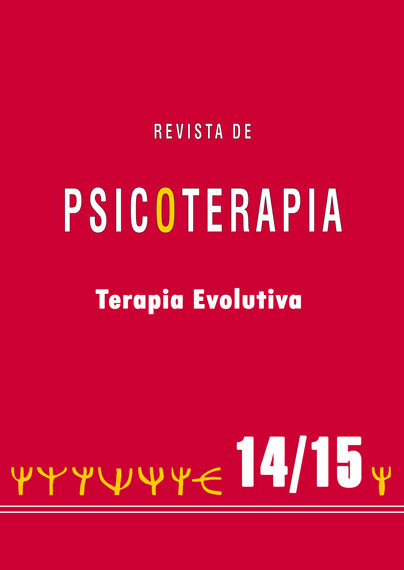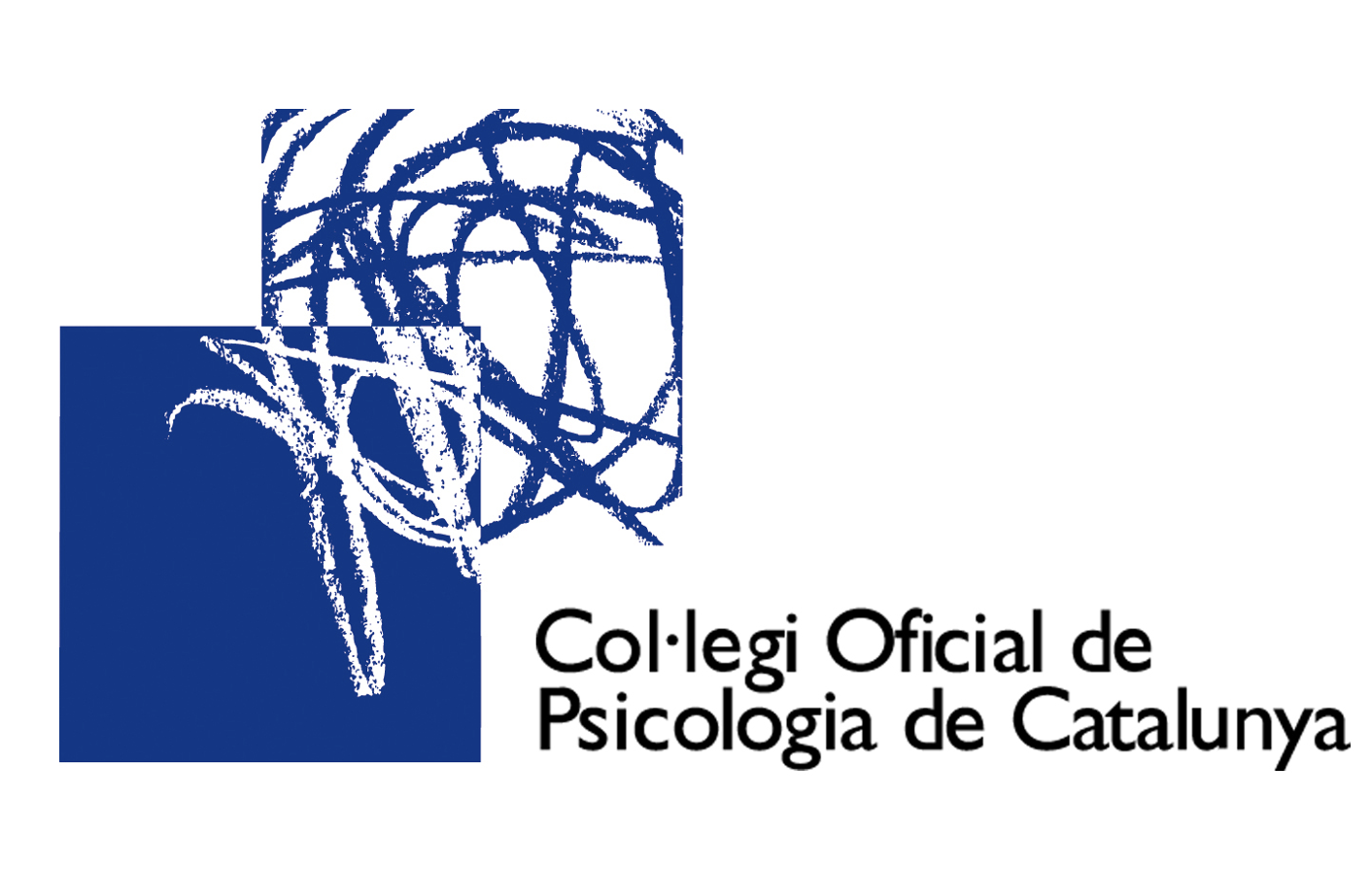Psicopatologia evolutiva de las significaciones individuales
DOI:
https://doi.org/10.33898/rdp.v4i14/15.970Palabras clave:
psicologia evolutivaResumen
La lectura evolutiva de la psicopatologia se ha llevado a cabo a varios niveles, aunque no esta relacionado o integrado. La presente refIeccion incide sobre alguna de ellas. relacionandolas con los sindromes o trastornos del humor/afecto, la ansiedad y los trastornos de personalidad.
De este modo consideraremos en primer lugar las posibilidades de una continuidad/discontinuidad de los sintomas actitudinales y emocionales entre la psicopatologia de la infancia y de la edad adulta, lo que plantea, inevitablemente, la cuestion del determinismo de una sobre la otra, o la de su relativa independencia.
Posteriormente se examine la continuidad/discontinuidad de los sintomas cognitivos y, mds en particular, de los significados individuales, lo que plantea no solo la cuestion de la relacion entre cognicion y afecto, sino de la competicion entre significados y del dominio de unos sobre otros en ciertos niveles de desarrollo.
Como introduccion a unn psicologia evolutiva de las significaciones se propone un modelo dialéctico con cinco niveles de significacion , relativos a algunos sindromes afectivos y ansiogenos y principalmente, a los trastornos de personalidad.








